Advertisement
Emotion detection has found its way into many modern applications, from customer service bots to health monitoring tools. However, the quality of emotion detection models heavily depends on the data used to train them. Just like a good recipe needs the right ingredients, emotion models require datasets that reflect the complexity of human feelings — and do so with clarity, structure, and variety.
Below is a look at eight reliable datasets that have helped researchers and developers build smarter systems that can read not just the words but the emotions behind them. Each one offers something slightly different, which means depending on your project, some may fit better than others.
ISEAR is often brought up when discussing foundational emotional datasets. It was built from surveys conducted with people across several countries, asking them to describe emotional experiences in real-life settings.
What stands out about ISEAR is its structure — it's not just about labeling text with emotions but understanding the trigger and reaction. This format helps in modeling not only what was felt but why it was felt. The emotions covered are basic ones: joy, anger, sadness, fear, disgust, shame, and guilt.
For projects that aim to grasp emotions in more narrative or human terms, ISEAR remains relevant. It's also a go-to for emotion classification tasks that want to go beyond just tagging — offering some depth without being too noisy.
This one’s a little different. Instead of focusing on raw emotional expression, the Emotion-Stimulus dataset puts attention on the cause behind it. It pairs emotional reactions with what triggered them, which is important if your model needs to do more than just identify a mood — like understanding the underlying reason.
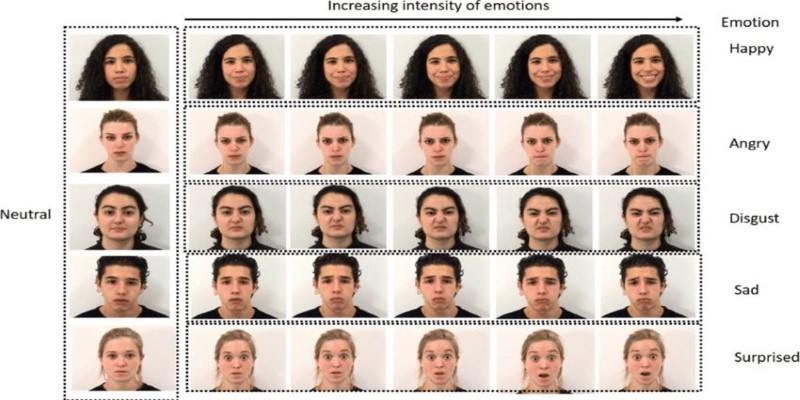
It uses sentences from blogs and forums where people talk about personal experiences. You’ll find emotions such as fear, anger, joy, sadness, disgust, and surprise. The trigger (or stimulus) is usually a part of the sentence, and the annotation points to both emotion and its cause.
The dataset’s strength is in its precision. It's built for use cases where knowing the why behind an emotion is just as important as the what.
Created by Google, GoEmotions is one of the more recent and comprehensive emotion datasets available. It contains over 58,000 English Reddit comments, labeled with 27 emotion categories plus a “neutral” label.
What makes this dataset stand out is its coverage. Most emotion datasets are limited to a few categories. GoEmotions, on the other hand, dives into more nuanced territory — emotions like pride, realization, confusion, grief, and nostalgia are all included.
It’s ideal for training multi-label models, where one comment might carry several emotions at once. The annotations were done carefully, and the inclusion of Reddit data gives it a modern and conversational tone.
This one’s based on news headlines — short, sharp, emotionally charged text that’s perfect for testing how well a model can pick up on subtle cues. The dataset includes labels for six basic emotions: anger, disgust, fear, joy, sadness, and surprise.
Though it’s not a large dataset, it’s still useful. Headlines often pack emotion into just a few words, so this dataset helps build systems that perform well with shorter texts.
It’s also one of the earlier emotion datasets, so it’s been used as a benchmark in many papers and comparisons. If you’re testing a model’s accuracy, it’s a solid place to check results.
This dataset includes conversations rather than isolated sentences. That matters because emotions don't always live in single lines — they unfold over dialogue. DailyDialog contains over 13,000 dialogues in English, with manually labeled emotion and act annotations.
The dataset covers everyday topics — relationships, work, travel — and includes seven emotion classes: anger, disgust, fear, happiness, sadness, surprise, and “other.”
It’s a great choice for projects involving chatbots or conversational AI. You’re not just training a system to catch one sentence; you're helping it understand context, tone shifts, and emotional flow between lines.
If you're working with videos, this dataset might fit better than most. EMOReact is a multimodal dataset — it doesn't just have text but visual and audio data, too. The idea here is to model emotional responses based on how people react to YouTube videos.
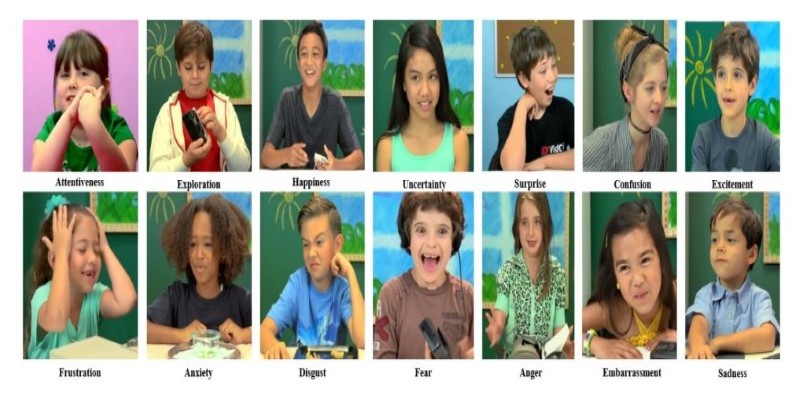
The reactions are spontaneous and come from children watching emotionally charged content. The dataset provides frame-level emotion annotations for categories like happiness, fear, anger, surprise, and sadness.
It’s useful for research in emotion-aware systems that blend multiple types of data. Text alone can be limiting in some applications, and EMOReact brings a more human layer by including facial expressions and sound.
Built from the TV series “Friends,” MELD is another multimodal dataset, but with an added benefit: it's grounded in natural dialogue and real interaction. Unlike EMOReact, MELD focuses more on spoken conversations and how emotions evolve across them.
It includes not just transcripts but also audio and video clips. Emotions in MELD are annotated across the flow of a conversation, so your model can learn to detect how responses change depending on previous turns in the conversation.
This dataset is strong for dialogue-heavy applications — virtual assistants, scripted bots, and anything that needs to feel more “in tune” with human emotions in back-and-forth scenarios.
AffectNet is one of the largest datasets when it comes to facial emotion recognition. Though it doesn't deal directly with text, it’s valuable when you're working on a model that pairs visual input with text — or simply one that detects emotional state from an image.
With over a million facial images collected from the internet, AffectNet covers expressions like happiness, anger, fear, sadness, contempt, and disgust. Each image is manually labeled, and there's also information about valence and arousal — two dimensions that help define emotional intensity.
If your application involves emotion detection beyond text — think video calls, camera-based mood detection, or mixed media — this dataset can help fill in the gaps.
All of these datasets serve slightly different purposes, and the best one depends on what you're building. If it’s about long dialogues, go with DailyDialog or MELD. If you're after short, punchy, emotion-packed texts, SemEval or GoEmotions will fit better. For real-world applications that involve image or voice data, EMOReact and AffectNet add depth you won't get from plain text.
Emotion isn’t one-size-fits-all. It’s layered, contextual, and often subtle. A good dataset doesn’t just offer variety in categories — it offers a way to model how humans actually feel and express those feelings in different settings.
Advertisement
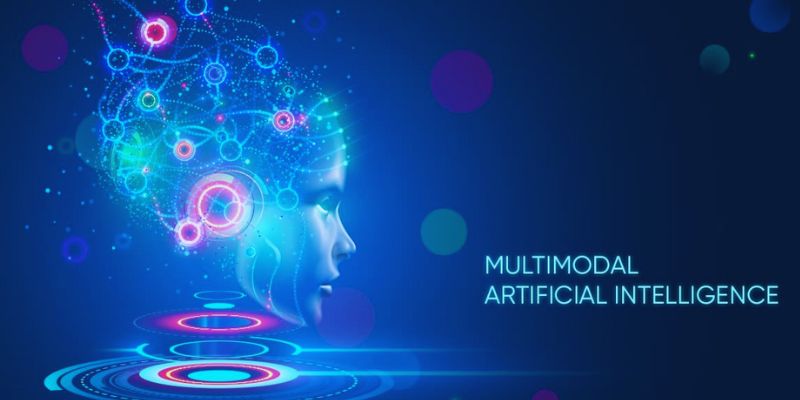
Multimodal artificial intelligence is transforming technology and allowing smarter machines to process sound, images, and text

Wondering who should be in charge of AI safety? From governments to tech companies, explore the debate on AI regulation and what a balanced approach could look like

Learn how to create professional videos with InVideo by following this easy step-by-step guide. From writing scripts to selecting footage and final edits, discover how InVideo can simplify your video production process
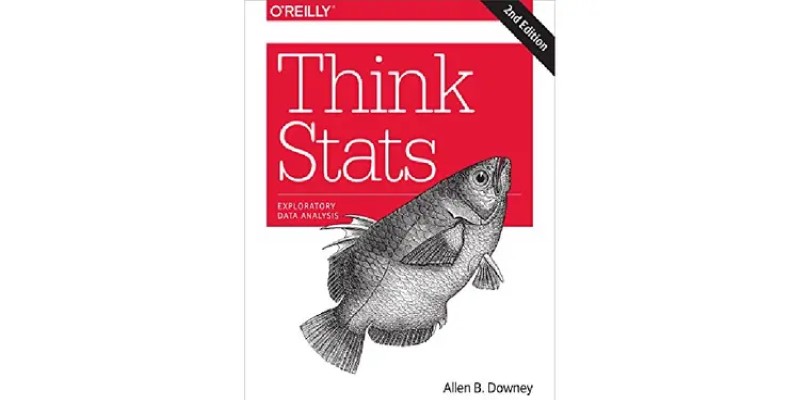
Want to master statistics for data science? Check out these 10 essential books that make learning stats both practical and approachable, from beginner to advanced levels

Struggling with code reviews and documentation gaps? Discover how SASVA from Persistent Systems enhances software development workflows, offering AI-powered suggestions

How can AI make your life easier in 2025? Explore 10 apps that simplify tasks, improve mental health, and help you stay organized with AI-powered solutions

Find out the concepts of Teradata, including its architecture, key features, and real-world uses. Learn why Teradata remains a reliable choice for large-scale data management and analytics

Discover how Snowflake empowers EdTech vendors with real-time data, AI tools, and secure cloud solutions for smarter learning
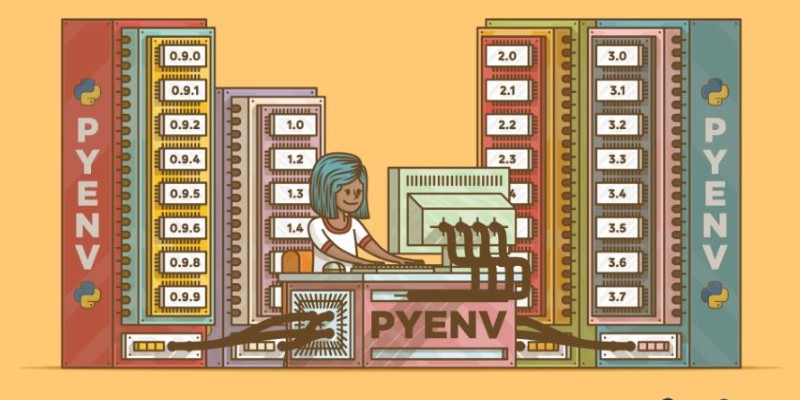
Tired of dealing with messy Python versions across different projects? Learn how pyenv can help you easily install, manage, and switch between Python versions without the headaches
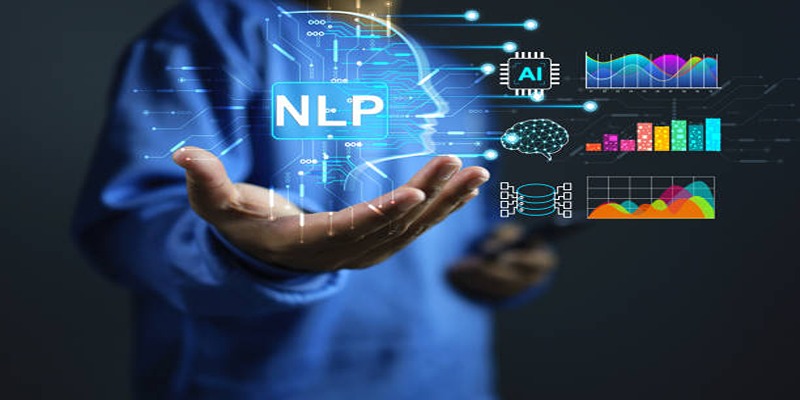
Explore how Natural Language Processing transforms industries by streamlining operations, improving accessibility, and enhancing user experiences.

Struggling to keep track of your cooking steps? Discover how Gemini AI acts as your personal kitchen assistant, making cooking easier and more enjoyable in 2025

Explore the top 12 free Python eBooks that can help you learn Python programming effectively in 2025. These books cover everything from beginner concepts to advanced techniques